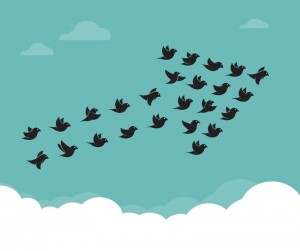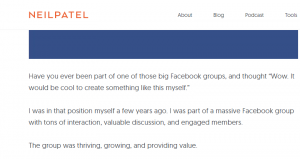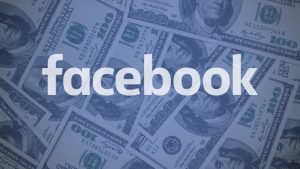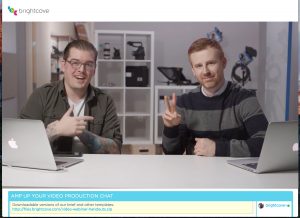
Verizon’s new CMO Leslie Berland wants to make sure you can hear the brand now
One of the first pieces of creative to launch on Berland’s watch was Verizon’s Super Bowl campaign with Beyoncé, who effectively used it to launch her new album, garnering it the most engagement of any ad in the big game.
Now Berland and Verizon have announced the company’s first rebrand in nine years, including a new logo and brand campaign that aims to boost people’s perception of Verizon’s role in our digital lives.
In her first interview since becoming CMO, Berland breaks down the strategy behind the rebrand, how her team is tapping into the brand’s complexity, and where she plans to take it next.
Verizon has just launched its first major rebrand in almost a decade. The move comes six months into your tenure as CMO. Why now, and what’s the strategy behind it?
The company has been on a very interesting journey over the past couple of years, and especially the past 18 months or so. It has been really focused on consumer-centric products and offerings, personalization, and overall fitting into customers lives where they want and need them.
So when I came in, I looked at the road maps ahead and saw that there was a continuation of what we were building that very much put customers at the center and was really anchored in how people live, work, and play. I looked at all the research that we have about our brands and perceptions of the brands, and there were two main themes that came out of it.
First of all, Verizon is extremely well-known. There is something like 99% awareness in this country. Almost everybody knows Verizon, and they know what we do. We are also seen as respected, trusted, reliable, credible. And that’s a dream state for any brand or company, big or small, right? Most companies don’t ever reach that level. So that foundation is really remarkable.
That said, most of what we do is invisible to customers. It just works behind the scenes. So we are powering your life, we are powering how you work, we are powering how you play, but you don’t see us. And so, we found there is a gap. We are seen as this really credible company that people trust and rely on, but there’s a distance between us and the consumer in terms of emotional connection.
The other thing we did is look at the telco space overall. If you look at this industry, there’s a good amount of what I call, a sea of sameness. Creatively, they all sort of look the same and sound similar. And that’s something that sort of has been building over time.
So we have the opportunity to now leap forward to make the invisible visible in terms of what Verizon does to differentiate ourselves and be very ownable: how we show up, how we look, how we feel, and how we stand out to our customers.
Verizon is a complex company that spans many different types of products, as well as brand partnerships across mobile phone manufacturers, media companies, and more. What is the most significant challenge to cohesively market a brand with so many different parts?
First of all, when you are at any company, whether it’s big, small, consumer, or B2B—when you are looking at a brand and embarking on a journey where you are crystallizing a brand identity—it is a massive opportunity. And it should be extraordinarily clarifying.
The key to this journey is to keep it as simple as possible. I think to your point, I’ve been at different companies with varying degrees of complexity. And Verizon obviously has lots of spaces that it works within and it flexes within. That is why we started with the purpose and we reshaped what that purpose is—why do we exist?—in its simplest form.
Where this all starts is that we power and empower how people live, work, and play. That is at the center and the fabric of our DNA. Then you start to see key themes and trends that kind of pop out across every single area of business. And every single thing that we do with that simplicity, to hone that sharpness, is a critical part of any brand transformation.
It’s also important to remember that this is a beginning, not the end, of the rebrand. It’s just getting started. It’s not rigid because we’re going to get feedback on it. We’re going to see engagement, we’re going to test and learn, and we’re going to enable it to flex in different directions. So the core of it needs to be really clear and really simple so we can flex in all the areas of everything that we do, as you described.
You’re still relatively new in your position, with fresh eyes on the brand. What’s the biggest difference between your impressions of the Verizon brand going in compared to the reality now, six months in?
I aim to always be coming from the perspective of outside in, and that is something that should not just fade away. That’s where research and listening, and looking at ourselves in the mirror is keeping us honest.
What was very interesting and also validating, was the research. Because what it said about the brand being trustworthy, reliable, respected, as well as invisible and distant, very much mapped with my own experience as a customer.
Now on the inside, knowing what Verizon does, I found you don’t often get a sense of the people behind the work. These are employees who have so much care, so much passion, feel so much pride, are so committed, and very much served as an inspiration for this work. It has been really, really eye-opening. And I feel the whole opportunity and responsibility to share, to bring that out into the world, because that is not true of many companies.
(14)
Report Post






